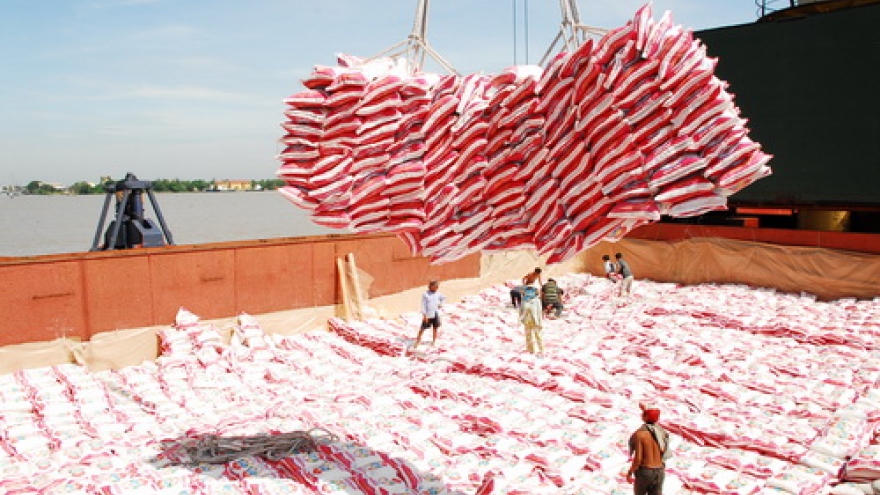China’s tightened inspection good for Vietnamese rice exporters
China has started applying more stringent regulation to ensure the safety of rice imports from Vietnam, a move some Vietnamese insiders say will benefit, instead of hurting, the rice sector.
On June 7 Vietnam’s Ministry of Agriculture and Rural Development announced it had closed a new protocol with China, including stricter sterilization inspection Vietnamese rice exports have to pass before entering Chinese market.
In order to qualify for exports to China, the rice should be grown at areas certified by the General Administration of Quality Supervision, Inspection and Quarantine of China (AQSIQ), according to the document. The shipment should also be sterilized and cleansed of weeds or dirt.
The Vietnamese Plant Protection Department will have to introduce its major rice exporters to China and only those inspected and recognized by the AQSIQ are allowed to ship their grains to China.
 |
The new protocol replaces an old document, stipulating rice export activities between Vietnam and China, which has been in use since 2004.
The regulation amendment has in fact brought more benefits to Vietnam, according to the country’s Plant Protection Department.
According to the old protocol, Chinese experts would come to Vietnam for the sterilization inspection tasks, and the Vietnamese rice companies had to cover their costs.
“With the new rule, the Plant Protection Department will be in charge of working with the AQSIQ, saving time and money for rice businesses,” department head Hoang Trung said.
Trung added that the tightened rule will encourage more official rice exports to China, instead of the effectively unofficial trade across the border.
“This is a good sign as official export is less risky than the unofficial one,” he said.
The Plant Protection Department has selected nine sterilization agencies to work with local exporters, and has collaborated with the Vietnam Food Administration (VFA) to prepare a list of qualified businesses to send to China for certification and recognition.
Under the old protocol, 131 Vietnamese were eligible to export rice to China but only 30 or 40 firms actually sold their goods to that market, said VFA general secretary Huynh Minh Hue.
The new protocol also left Vietnamese rice businesses unsurprised.
Tran Ngoc Trung, general director of Vinh Phat, a rice exporter in Ho Chi Minh City, said the new rule will only help Vietnamese exporters to have better preparation for their shipment to China.
Trung said such regulations on sterilization are what importing countries normally do to ensure food safety and disease control.
“Major rice firms with stable material areas and standardized rice husking facilities and warehouses will not have to worry,” he said. “The US sets even stricter rules but [Vietnamese firms] are still able to enter that market.”
China is Vietnam’s largest rice importer. In May Vietnam’s rice exports to China topped 400,000 metric tons, down 31% from a year earlier.



